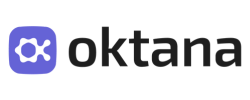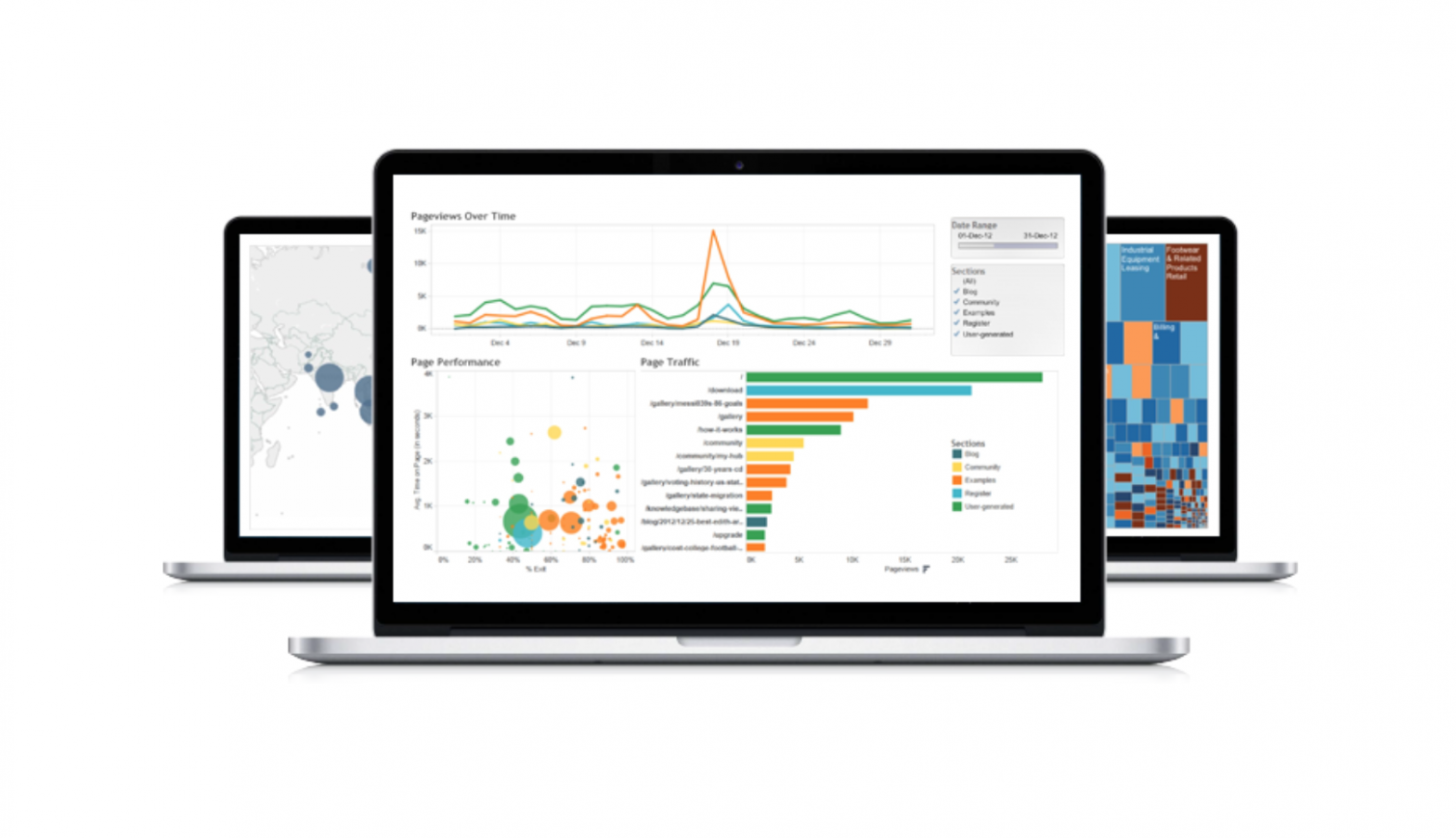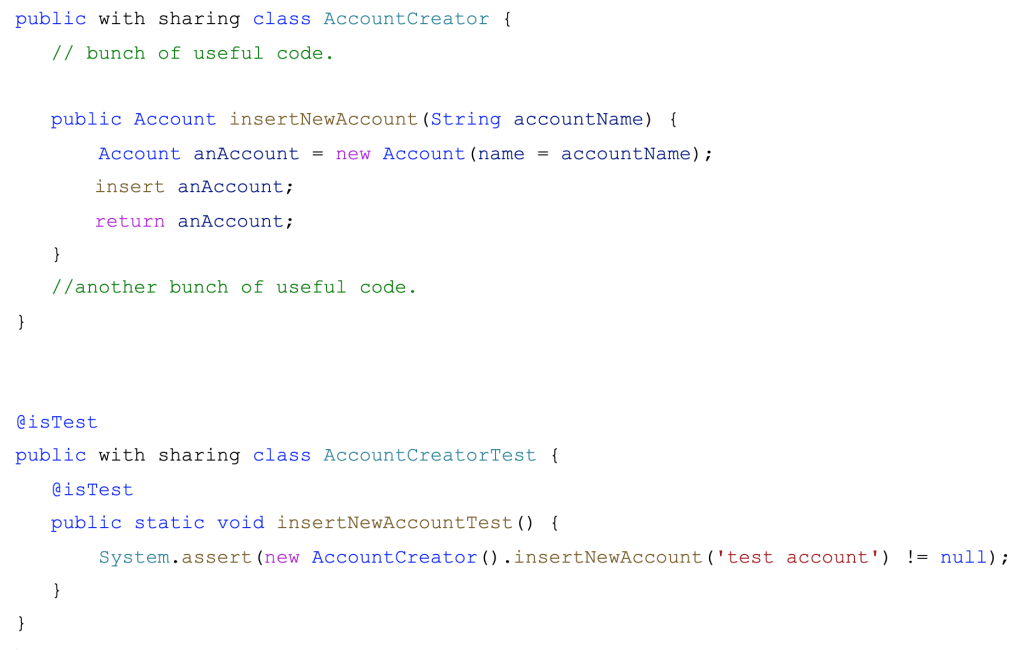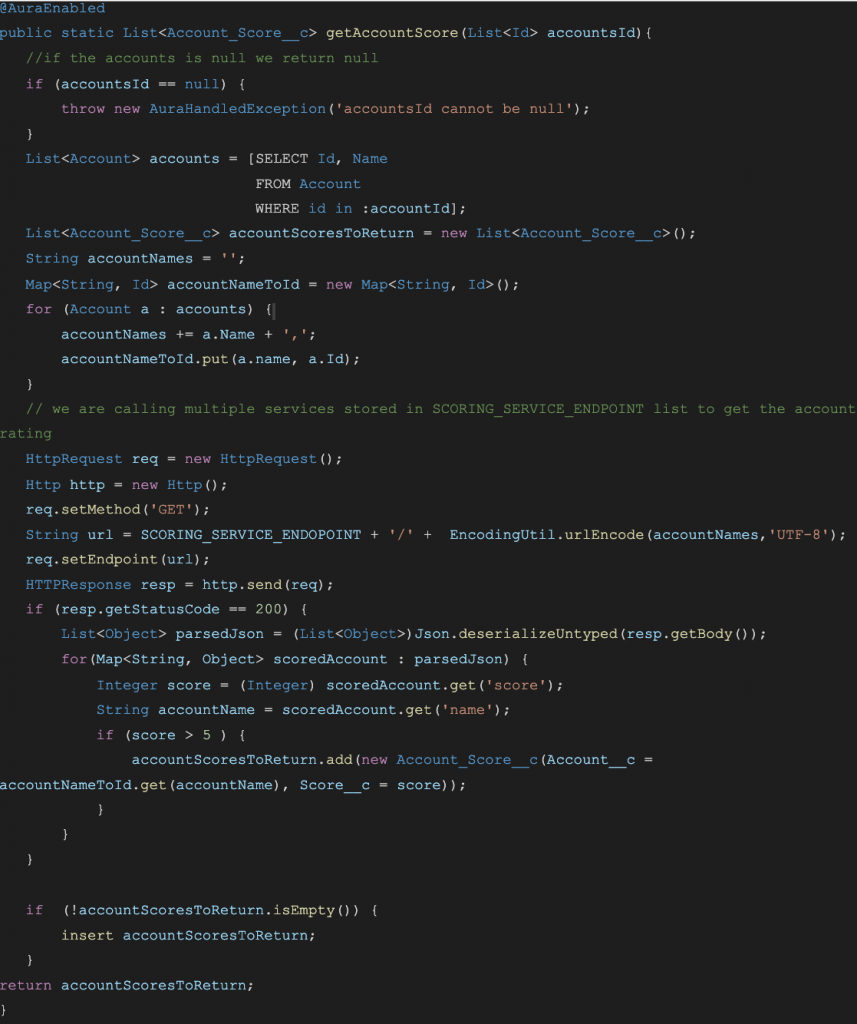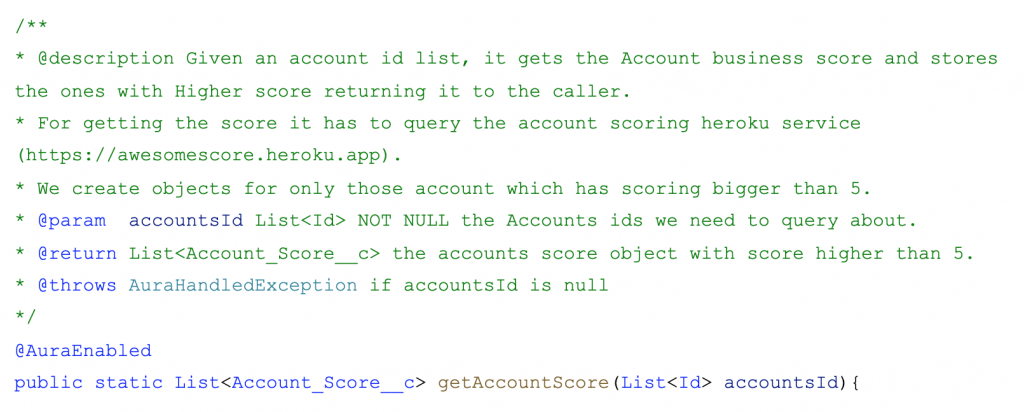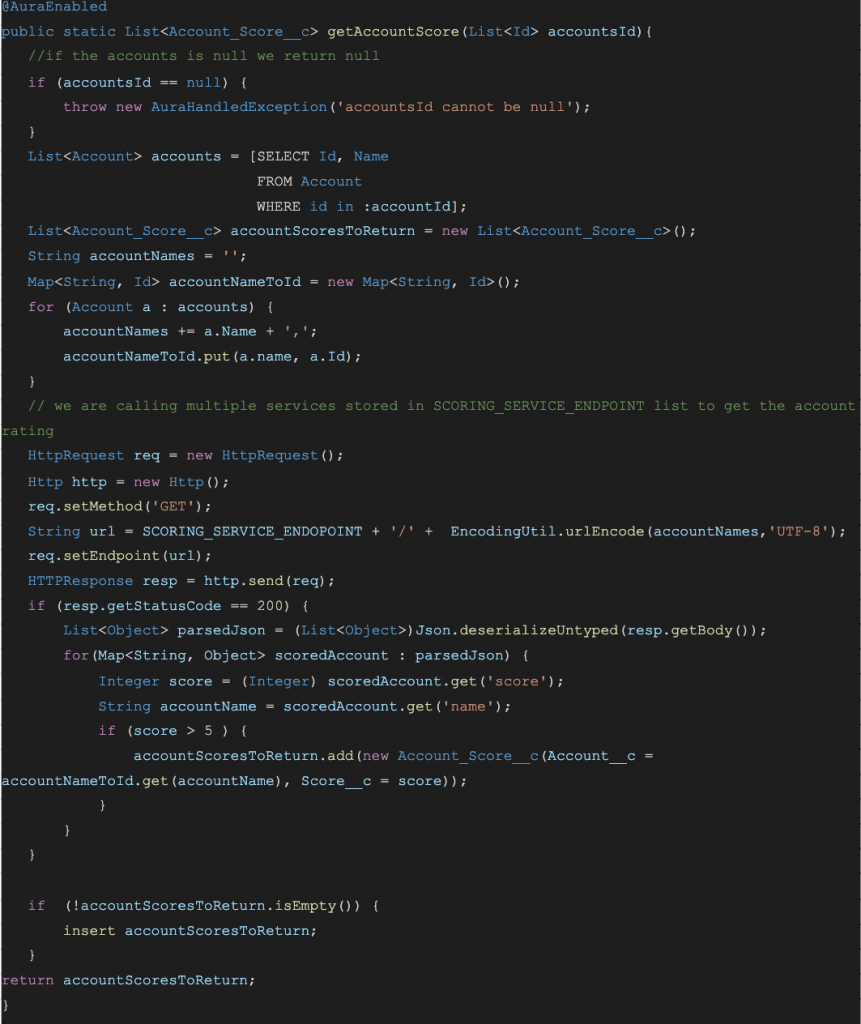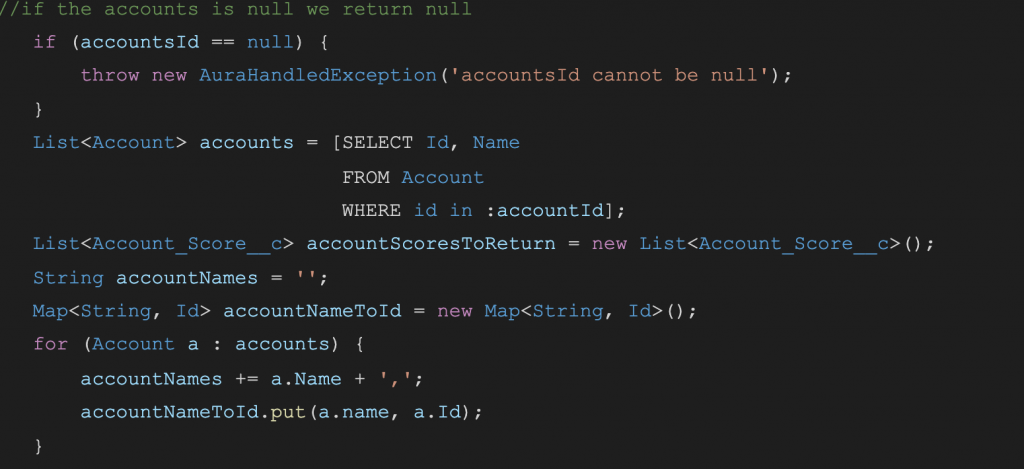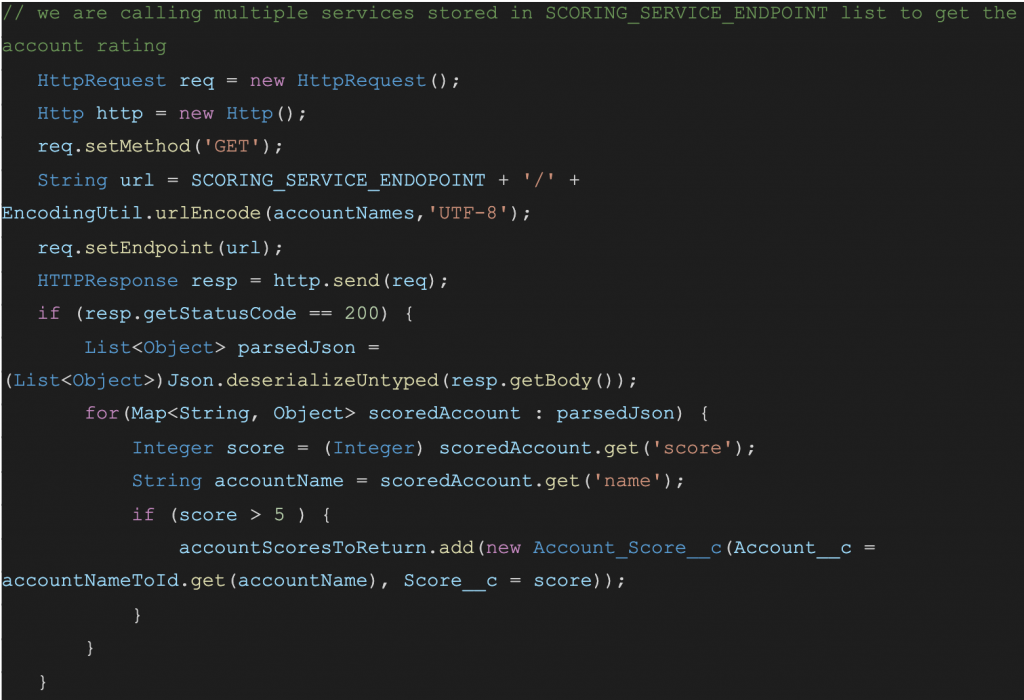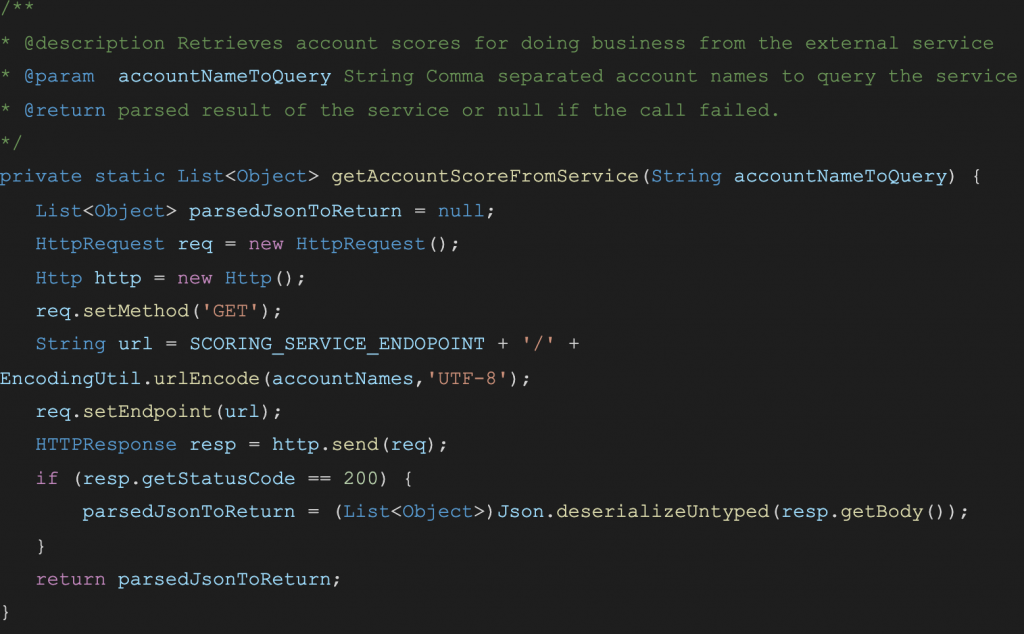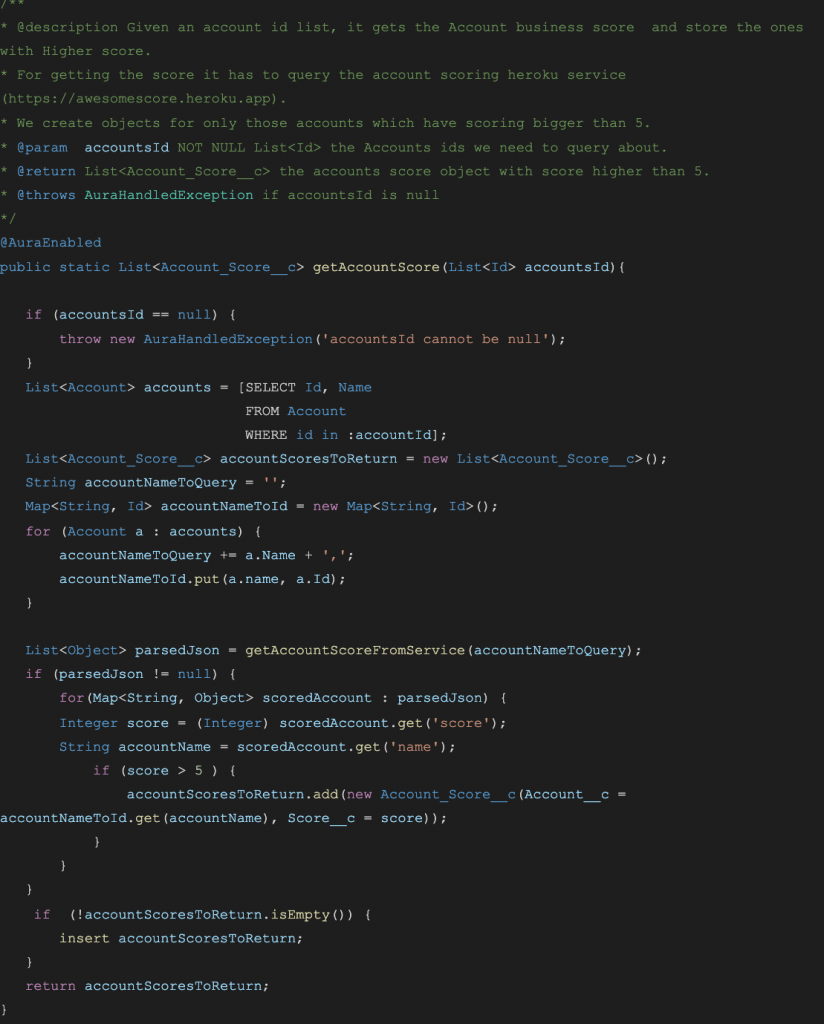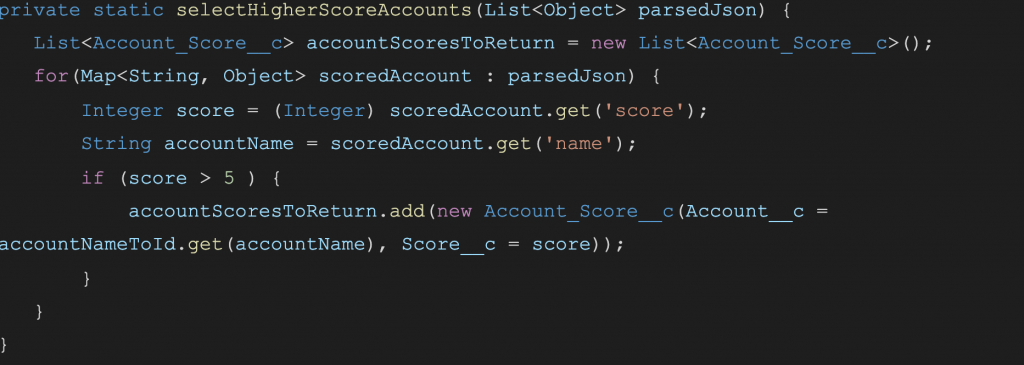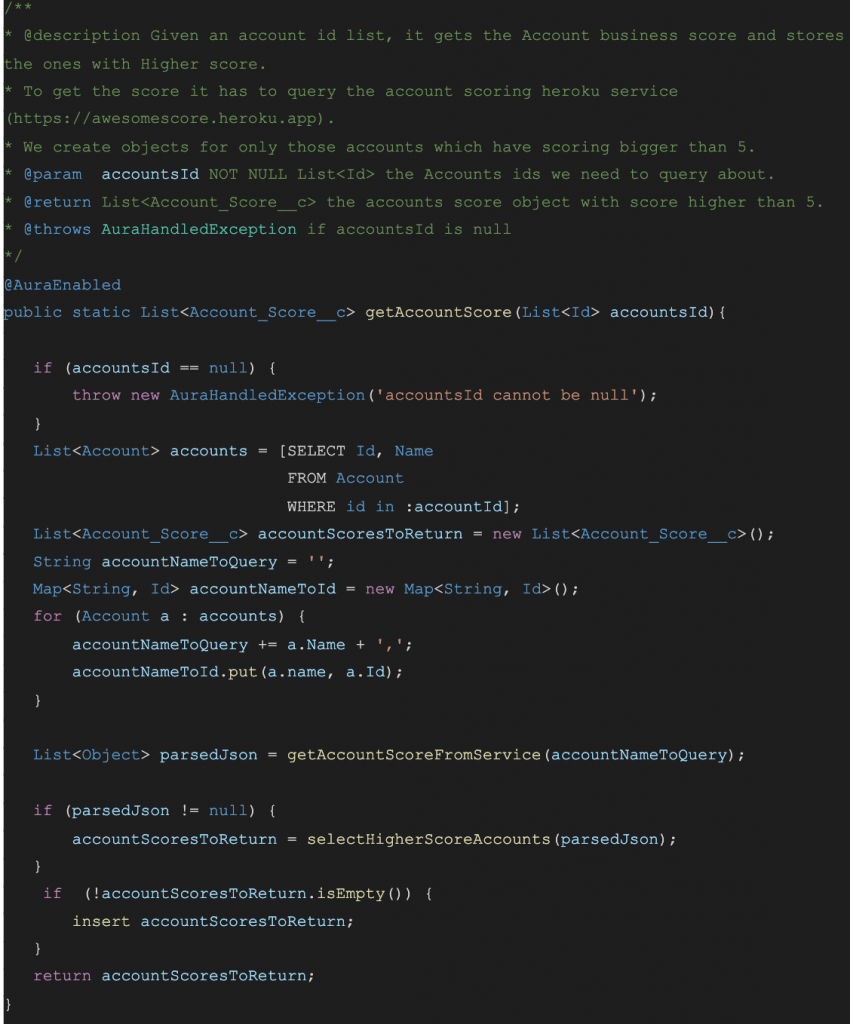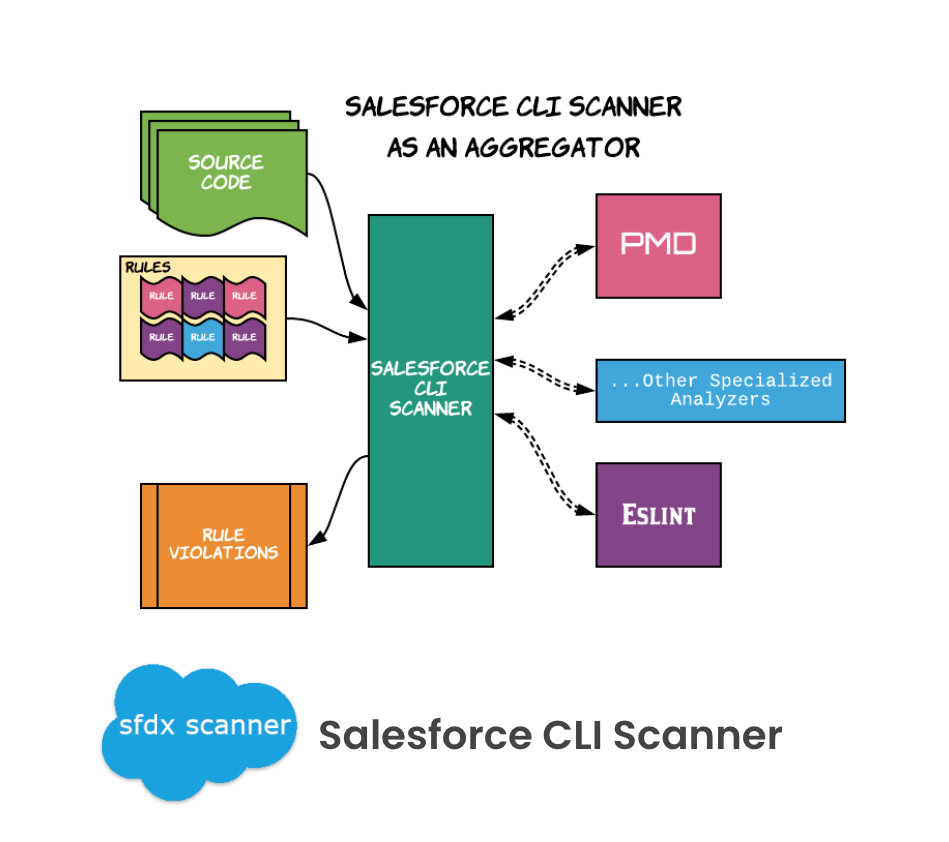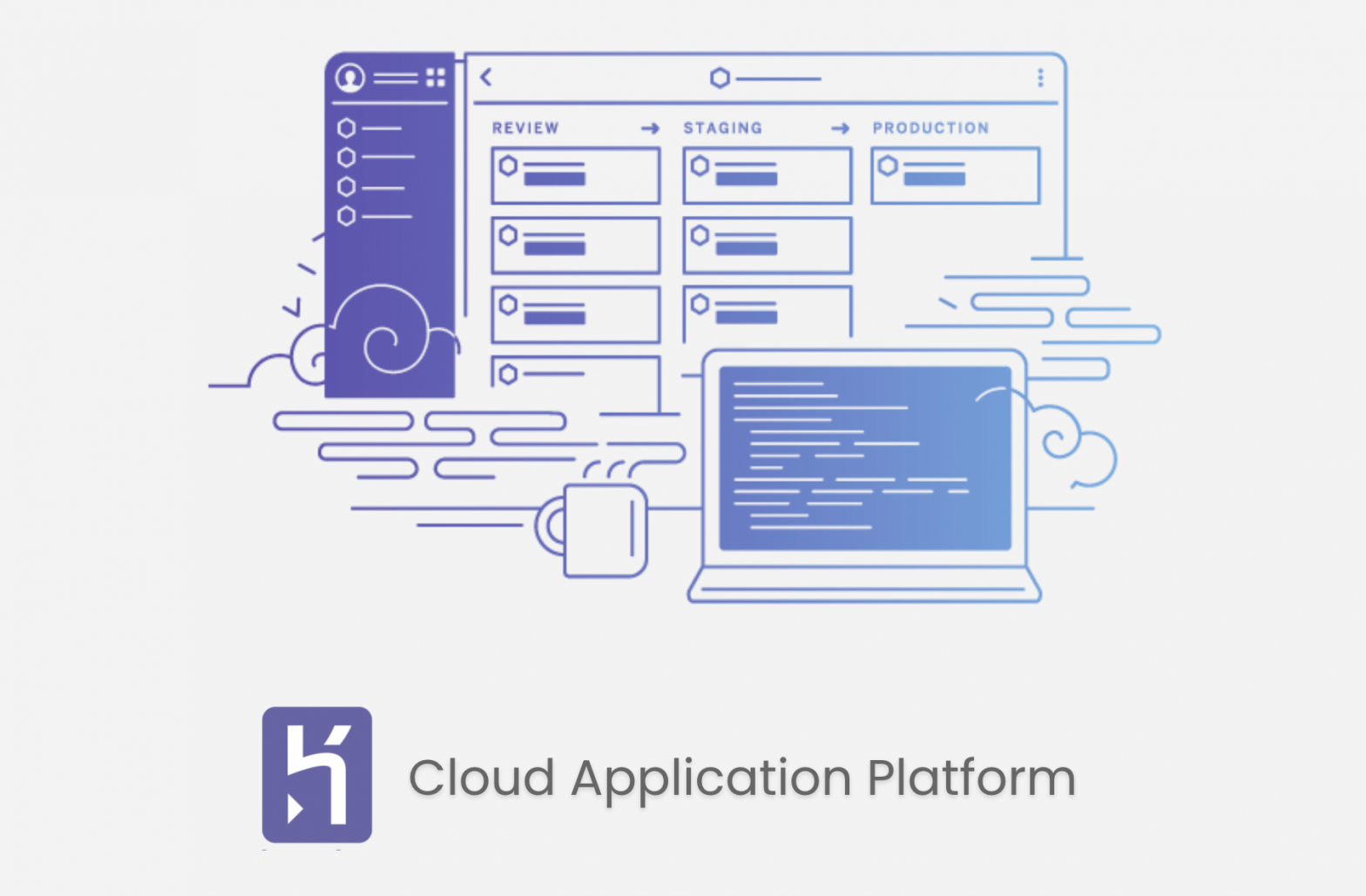Feedback is something people are often afraid of because it tends to only expose weak points that may make you feel intimidated and vulnerable. However, that’s a very old-fashioned point of view. Effective feedback is not only about providing a list of things that are wrong. Constructive and empathetic feedback brings new perspectives and a positive intent to highlight proven skills. “What Good Feedback Really Looks Like” on the Harvard Business Review says:
“Feedback — both positive and negative — is essential to helping managers enhance their best qualities and address their worst so they can excel at leading.”
Craig Chappelow and Cindy McCauley
We consider feedback to be a huge source of knowledge and an opportunity to improve. If you are having trouble giving or receiving feedback, here are 5 valuable recommendations we apply at Oktana:
1. Consider feedback at every stage.
Whether you are a senior manager or just beginning your career, requesting feedback should be always part of your planning. Why? Sometimes you are so in love with your projects that you tend to believe everything is going well. So you keep working with that perspective and when you finally realize something is wrong it’s usually too late or too expensive to fix it. You can be sure you are moving in the right direction by asking your teammates, boss, or partner for their perspectives on your progress. We do it all the time and trust us, the results are great. Plus, it creates a sense of ownership for the whole team.
“Feedback is so important when we execute every single task. It measures the quality of your work. Besides, it helps me identify possible mistakes and improvements that will enhance our project.”
Zayli RodrÍguez, QA Analyst at Oktana Uruguay
2. Distinguish what is worth your attention
Ok, let’s say you are following our previous recommendation and you are considering feedback as your projects progress. You are excited because your co-workers are giving you cool new inputs. Congratulations. That’s awesome! But what happens when you start noticing that some of the feedback you’re getting contradicts other feedback you’ve received? We know, it’s challenging. Everyone is bringing their own perspective to it and they aren’t always going to agree. You know yourself and your projects. That means you have the job of figuring out which feedback is the most relevant. Just make sure you’re not letting your bias guide which feedback you’re listening to.
3. Be truly positive
We love it when people are positive and enthusiastic, but if you lose your sense of reality it may not be easy to deliver value. When you are required to provide feedback for a project or a teammate, you have a huge chance in your hands to help them perform better. Don’t miss that opportunity by hiding your real thoughts because you’re afraid of a misunderstanding or you’re just trying to be polite. This is what constructive feedback is all about. Find the best way to convey your ideas in a way your partner truly feels that you actually want to improve things. Use your voice, regulate your tone, and use any resource you have so you help others focus on the solution, not the weakness.
4. Actively listen to every client.
And by the client, we are not exclusively talking about your customers. We are also talking about internal co-workers. When you create a solution, you think about your final users, don’t you? So whatever you are doing, you make sure it makes sense for them. But you also collaborate with other teams within the company. Wouldn’t it be efficient to have a good idea of what they think of your project and your performance? Indeed, it is! At Oktana, we use Slack, for staying always connected. We use channels to collaborate but when we need to get feedback, we know private conversations are the best place to do it. Activate every approach you have to get the feedback you need. Bruno Venturini, tells us how Slack helps him collaborate:
“Slack allows us to communicate in an intuitive way with your team or co-workers. Besides, it’s also relevant for sharing ideas between developers and QAs to make our projects improve”
Bruno Venturini, Developer at Oktana Uruguay
5. Encourage others to give feedback
Create the conditions for an environment where feedback becomes one of the engines that drives excellence. Most visionary companies, either multinationals or startups, track feedback consistently. If you are part of one, get onboard and treasure that asset. If you feel your company doesn’t understand the value of constructive feedback, teach by example. Create simple spaces where people feel their opinion is taken into account. It doesn’t have to be sophisticated. Chats or phone calls also work. As soon as your co-workers notice you are performing better, they will want to copy your strategy and it will be easier for you to give/request feedback.
So, these are our recommendations for any employee to make feedback their ally. We live it every day at Oktana, even more during the new environment this pandemic has brought (we have previously written an article about Communication and Remote Work that you may also want to read). Apply them in your daily routine and you will notice the difference in your performance. Also, If you want to see Salesforce’s approach, we encourage you to read the modules about the Culture of feedback and the importance of One-on-one Meetings. Have a good one!

